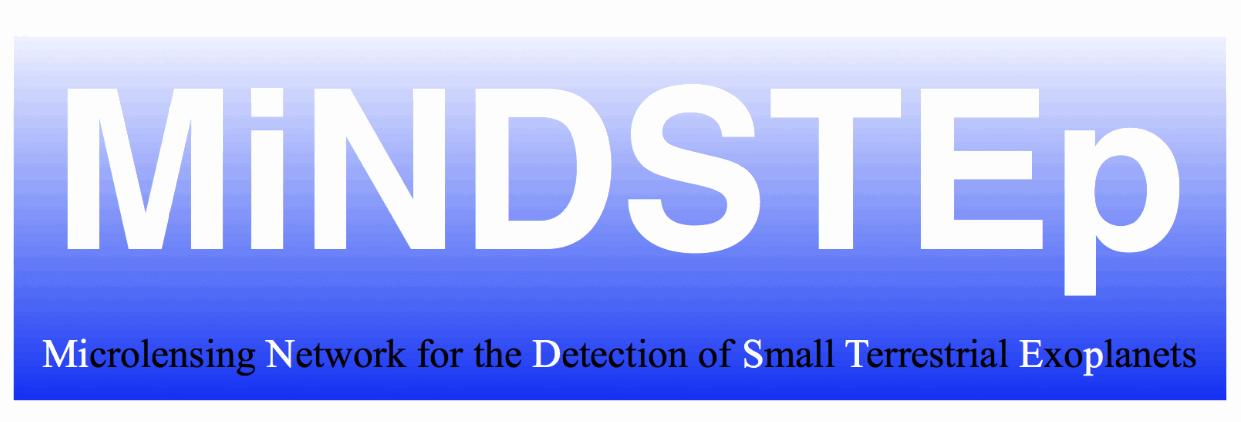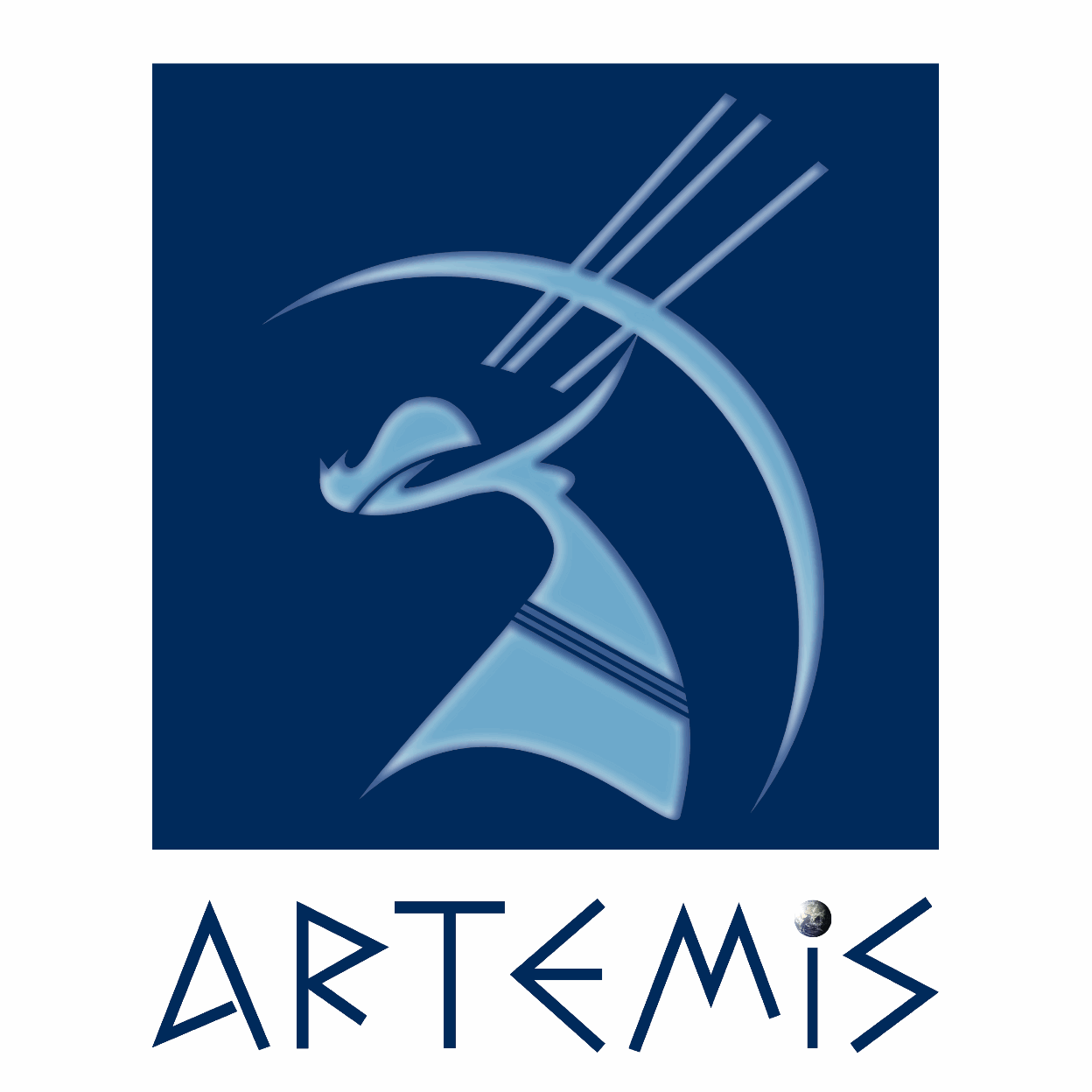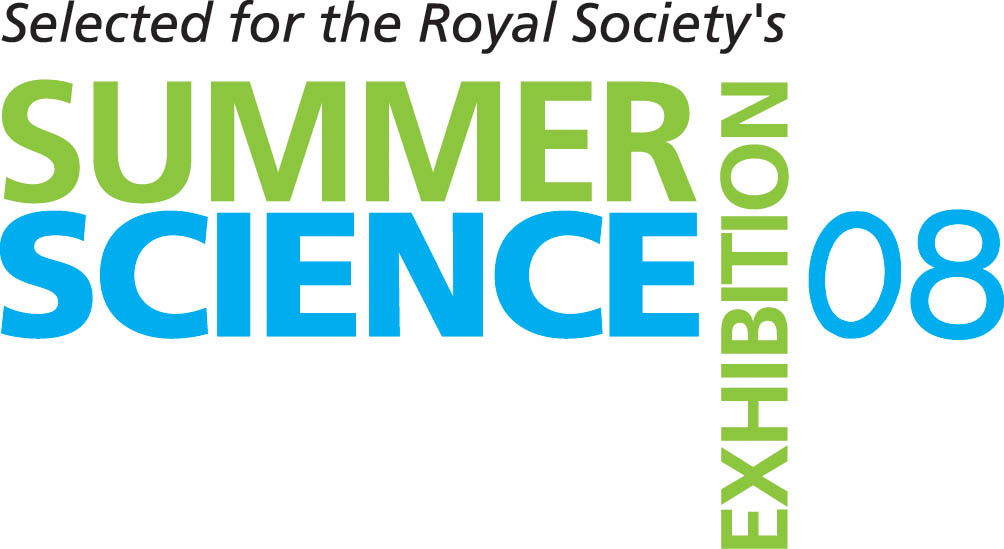

The MiNDSTEp consortium is the largest European/Eurasian effort exploiting the dense monitoring of ongoing gravitational microlensing events for studying the population of planets down to Earth mass and even below in the Milky Way. The investigation of other worlds provides key insights towards understanding our own.
MiNDSTEp is based on an informal cooperation between its nodes, where an open and communicative structure allows all contributors not only to pursue science projects in their own responsibility, but also to maximize the benefit to everyone by making their expertise available. Should you be interested in carrying out self-directed research based on MiNDSTEp data, let's talk about it. Upgrading our operations from earlier leading involvement in the PLANET collaboration, the 2008 pilot phase (dubbed MiNDSTEP0) involved the Danish 1.5m telescope at ESO La Silla (Chile). In 2009, the telescope network has been expanded to include the two MONET 1.2m telescopes at McDonald Observatory (Texas, U.S.A.) and at SAAO (South Africa). Further sites are welcome to join.

| The adopted three-step strategy of survey, follow-up, and anomaly monitoring for identifying planetary signals would not succeed without the first step, on which MiNDSTEp critically relies on microlensing surveys such as OGLE or MOA, whereas only the two latter steps are realized by the MiNDSTEp observations themselves. The MiNDSTEp campaign keeps its operational efforts to a minimum by making use of the innovative approach by ARTEMiS (Automated Robotic Terrestrial Exoplanet Microlensing Search) for a fully-deterministic selection of targets, and moreover by profiting from the powerful (freely-available) tools for visualizing the acquired data in real time. |
You can also watch MiNDSTEp data live.
 Alongside other UK-related campaigns hunting for extra-solar planets,
MiNDSTEp was featured at the 2008 Royal Society Summer Science Exhibition.
Alongside other UK-related campaigns hunting for extra-solar planets,
MiNDSTEp was featured at the 2008 Royal Society Summer Science Exhibition.
You can still interact by means of the respective web content. |